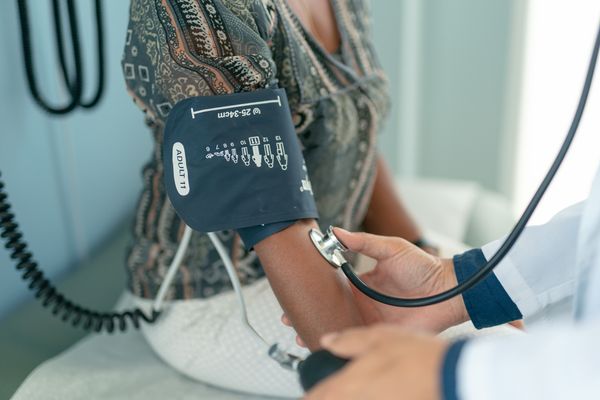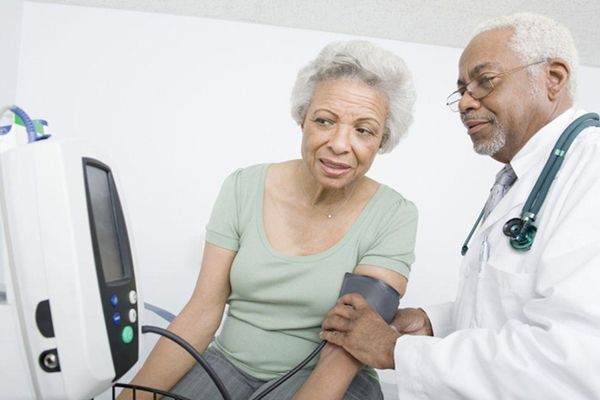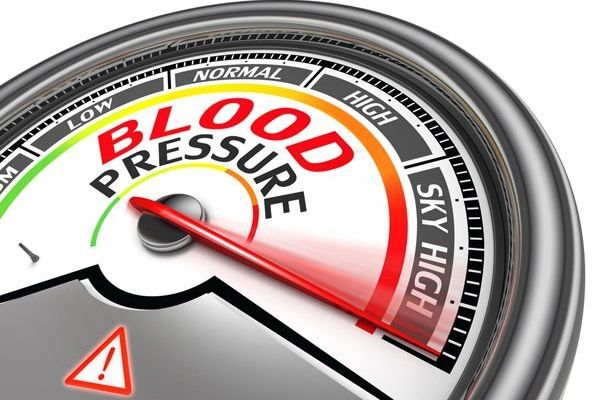Q:
What are some useful tools to help keep track of my blood pressure? Are there any cool apps?
A:
Finding a way to record your blood pressure that fits easily into your daily routine is vital to improving your health. Everyone is different. Some people prefer pen and paper while others choose smartphone apps or computer programs to help monitor and track their progress. There are useful tools for you regardless of which method you use.
Before you pick an option, be sure to talk with your health care provider. After all, if your provider cannot see or understand your readings or tool, it will be nearly impossible to alter your medications or recommend lifestyle changes. As you discuss preferred tools, ask how often to record and share your blood pressure and what format (office visits, phone calls, emails, patient portal messages) is preferred.
Many organizations, including our partners—American Heart Association and Million Hearts®—offer free blood pressure trackers that can be downloaded and printed from your computer. These trackers have space for you to write the date next to the systolic and diastolic readings. Some also let you record other important health information, such as your blood pressure goals and medications. You may also find it helpful to purchase a pocket-sized calendar and record blood pressures in the designated date box.
For more tech-savvy individuals, smartphone apps and computer-based programs may be the way to go. The American Heart Association's Heart360® program allows you to create an account, manually input blood pressure readings and other heart health information via computer or text message, share your data with a provider and access health education resources. Another tool to consider is the Withings Health Mate app, available in the iOS App Store and Android Play Store. Users can enter readings manually in the app or sync the app with the Withings Wireless Blood Pressure Monitor to automatically record and analyze blood pressure readings. Similar to Heart360®, the Withings app allows you to send readings to your provider's email address.
Article courtesy of Measure Up/Pressure Down®. Measure Up/Pressure Down is a three-year national campaign created by the American Medical Group Foundation to improve blood pressure control. Learn how to lower your risk and manage the disease with our booklet, Circulation Nation: Your Roadmap to Managing High Blood Pressure.







